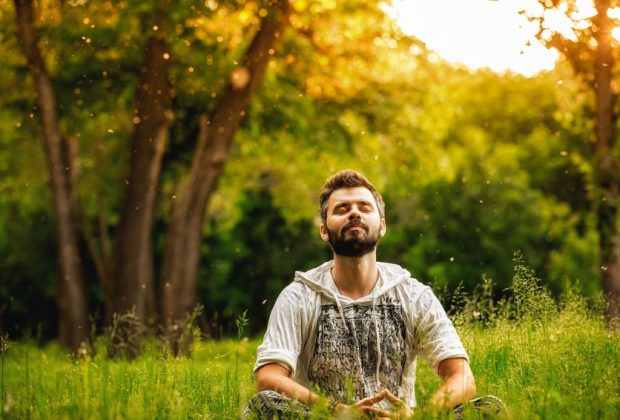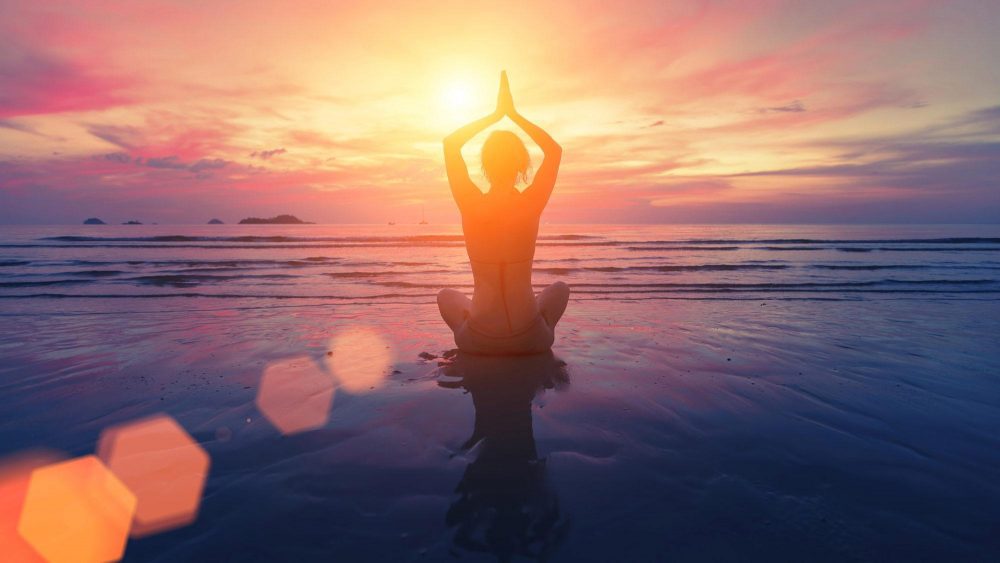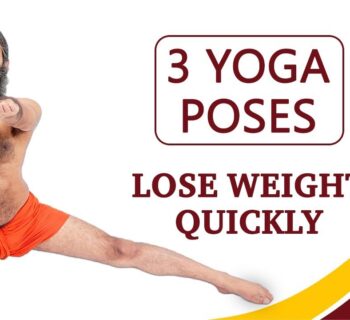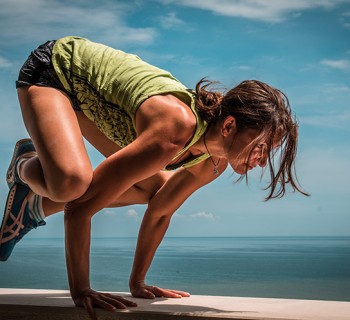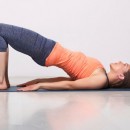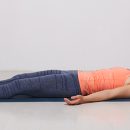Meditation begins when all the mental energies of the mind are focused on one idea alone. Certain conditions and postures will be conducive in attaining this state of meditation and it is the aim of this article to outline the preferred conditions and suitable postures for proper yoga with the help of the right supplements (available with a prescription discount card).
In yoga there are two main meditation practices, active and passive. Active meditation allows us to meditate in the midst of action for example when we perform daily activities; when we walk, talk, eat, watch the world go by, listen to music, the wind, rain etc Such meditations allow us to become more attentive and focused on what we are doing so increasing our awareness and can be practiced anywhere at any time.
Passive meditation is the aim of sitting with the spine in an upright position and performing a meditation practice. The aim of these practices being to still the mind and to make it eka grata (one-pointed).
Meditation arises when the mind is concentrated inwardly. In deep, one pointed concentration the mind becomes clear, and peaceful, there is no consciousness of the body, time or surroundings. There is an increase in energy which energises the spine and raises kundalini which progressively rises and activates the higher chakras. Consequently consciousness expands and one can realise our own essential divinity.
To meditate is to know oneself as both the user and director of mental energy. In the state of true meditation, consciousness is continuous and uninterrupted by thought. With the continued practice of meditation, one discovers a greater sense of purpose and strength of will. Thinking becomes clearer and more concentrated and we become more efficient in all that we do in all areas of life.
 In his superb book Structural Yoga Therapy Mukunda Stiles draws our attention to the similarity of the work of Herbert Benson M. D., the first doctor to study the physiological effects of meditation, and the ancient Yoga Sutras. In his book, The Relaxation Response, Benson described the factors he considered necessary to induce the naturally occurring state of relaxation that come before the experience of meditation. He described 4 factors:
In his superb book Structural Yoga Therapy Mukunda Stiles draws our attention to the similarity of the work of Herbert Benson M. D., the first doctor to study the physiological effects of meditation, and the ancient Yoga Sutras. In his book, The Relaxation Response, Benson described the factors he considered necessary to induce the naturally occurring state of relaxation that come before the experience of meditation. He described 4 factors:
- A quiet environment free from internal and external distractions
- A repeated mental device that reflects your deepest personal beliefs
- A passive attitude towards intrusive thoughts
- A comfortable position, consciously relaxing the body’s muscles.
Although it is said that he did not practice yoga, his research shows clear analogies with the ancient Yoga Sutras of Patanjali.
- Sutra 1.32 “The concentration on a single subject (or the use of one technique) is the best way to prevent the obstacles and their accompaniments”
- Sutra 1.23 “Communion is gained through devotion to your chosen form of the inner Self”
- Sutra 1.12 “Consistent, earnest practice and dispassionate detachment can stop the vacillating waves of perception which cloud realisation”
- Sutra 2.46 “Asana is a steady, comfortable pose”
Eric Harrison in Teach yourself to mediate similarly offers 4 basic instructions for most meditations
- Relax
- Choose one thing to focus on and explore
- If the mind wanders bring it back
- Let everything else go
The key factors perpetrated by both ancient and modern thought seem to clearly point to a suitable, comfortable environment, a comfortable position that allows the body, and therefore the mind, to be relaxed, something specific to focus on, and passivity. These will now be discussed more fully in part 2.
